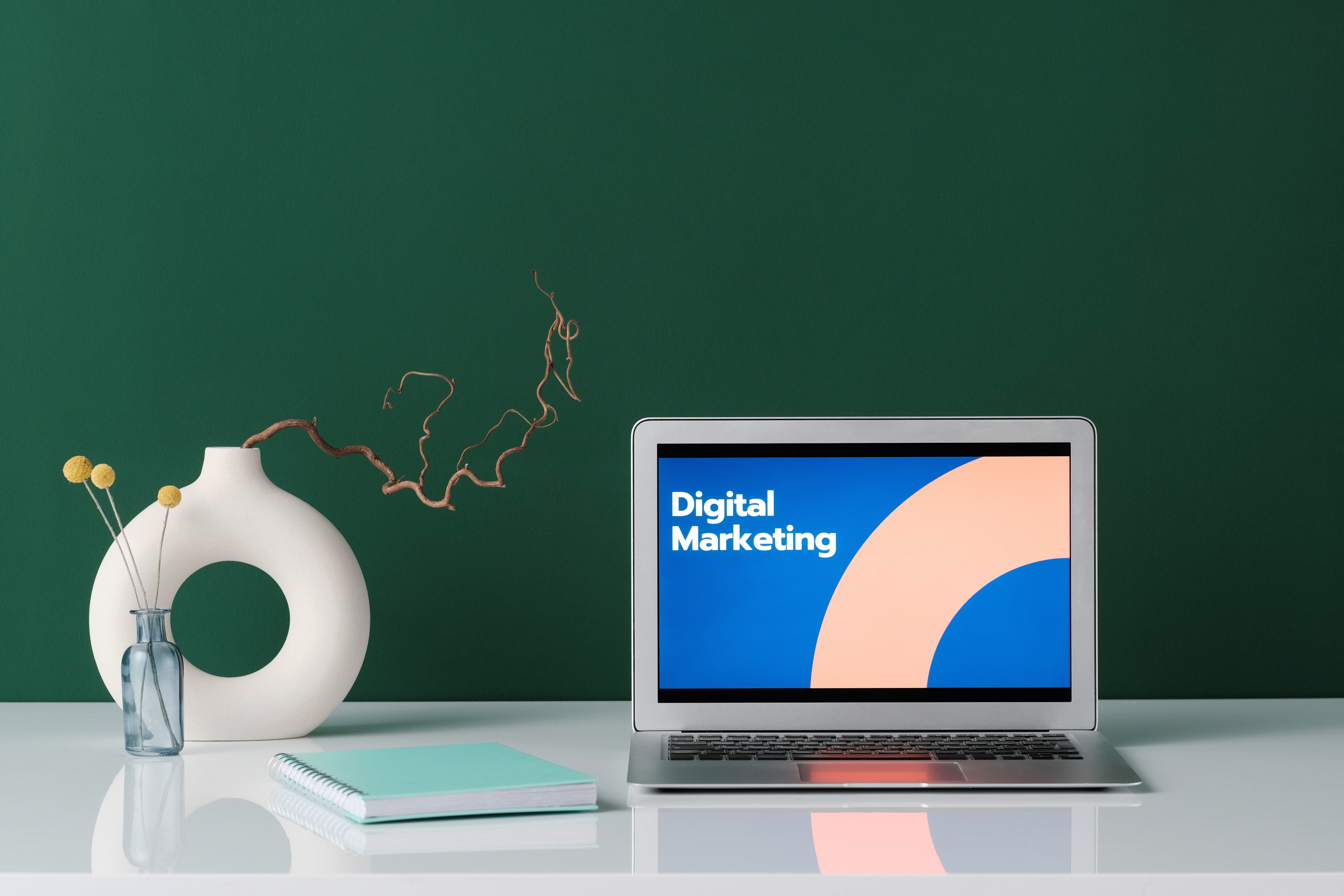Beyond My Lens: Photographer Katie Levine’s Storytelling Podcast, Supported by Narrative
Blog
By Carmela Demski
An effective marketing plan is essential for every type of business, with photography certainly no exception. There is a wide range of online channels that should be explored to help promote your work and generate leads.
In this guide, we will provide 6 quick marketing tips for your photography business, helping to increase your website’s visibility and to communicate with your target audience directly.

Source: Pexels
Digital marketing is very affordable when compared to print, radio, and TV, and is proven to reach wider audiences for a better return on investment.
For many people, their smartphone, tablet, or laptop is their primary source of information, from entertainment to education, and even for helping them to decide which business services suit their needs.
The growth of the internet has been exponential. This means there are more opportunities than ever before to have your own website so you can reach new customers online.
As such, failing to have a strong online presence and not positioning your business so it can be easily found online is certain to limit any potential growth.
Here are 6 quick marketing tips to help promote your photography business and generate more leads.
Knowing who your business is aimed at is arguably the most important aspect of developing a marketing plan. As well as knowing who your core audience is, you can also identify niche audiences who may be interested in specific services and products.
Are your photography services specifically aimed at small, local businesses? Do you specialize in events? Or does your business cater to a range of industries and styles?
When identifying your target audience, you should try to break it down into segments for improved targeting.
Segments or categories could include:
Tip: Social media platforms provide analytical tools that can help you define your target audience based on the user's interests, location, age, and more.

Source: Freepik
Your website needs to showcase your talents and the best way to achieve this is by building a professional, user-friendly, and interactive portfolio so potential customers can easily view your photos.
The images you display must be uploaded in the highest quality, giving users a great introduction to your work. You could also include lightbox functionality or animated transitions so users can quickly and smoothly navigate through each image.
When building your portfolio, advanced image culling software can help you select the best images from your photo shoots.
Narrative Publish is a fantastic blogging platform, which enables photographers to create beautiful, SEO-optimized blog posts in minutes without any expert knowledge.
If WordPress is your preferred platform for creating an online portfolio, then it can be achieved with easy-to-use plugins helping to create interactive galleries that can be optimized for search engines. There are a number of drag-and-drop WordPress page builders for you to choose from.
However, if web design isn't really your thing, it would be advised to use professional WordPress development services instead.
There are many different aspects of search engine optimization (SEO) that need to be implemented if your website is to perform to the best of its capabilities. In this section, we will focus on key four areas to get you started.
Always ensure all images are given relevant titles, descriptions, and alt tags so that they are accessible to everyone and help search engines decide on their relevance.

Source: Pexels
Social Media can be a very fruitful marketing channel when used correctly. This is especially the case for photography businesses, as the visual nature of platforms such as Instagram provides the perfect platform to promote your images.
Even though Instagram is relatively easy to use, growing your account and grabbing visitors’ attention goes a long way.
With regular posts that contain engaging content, you can build up your follower base, thus improving your brand awareness, increasing visibility, and establishing relationships with your existing and potential customers.
Graphic design platforms such as Canva can help you create visually appealing posts that can effectively develop your brand.
Email marketing can not only inform subscribers of new products and services, but it can also help keep them up-to-date about your overall business activity, and develop long-term relationships. Targeted emails can offer discounts to lapsed customers or reward loyal clients.
In this way, you don’t have to chase new clients. You can just use the already established relationships you have.
Email is often cited as the most lucrative marketing channel for a healthy return on investment. While you’ll have to invest in email marketing software to begin, it’s well worth the cost once you’ve figured out how to sell products or services.
Most consumers make purchasing decisions based on recommendations, feedback, and reviews from real people. This is why more and more businesses are implementing referral programs to reward individuals who bring new customers their way.
A referral system encourages customers to recommend your services to their friends and colleagues. In exchange, they can be rewarded with money off their next order or free photo sessions, for example.
We hope our short guide has offered you a little direction in terms of your marketing plans so your photography business can effectively reach your target audience and boost conversions.